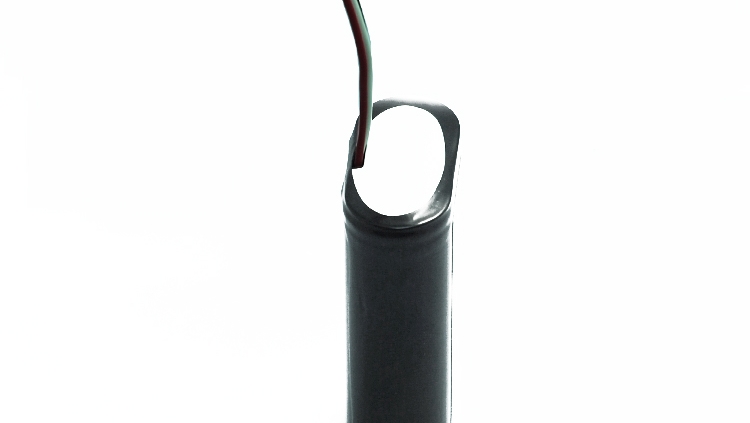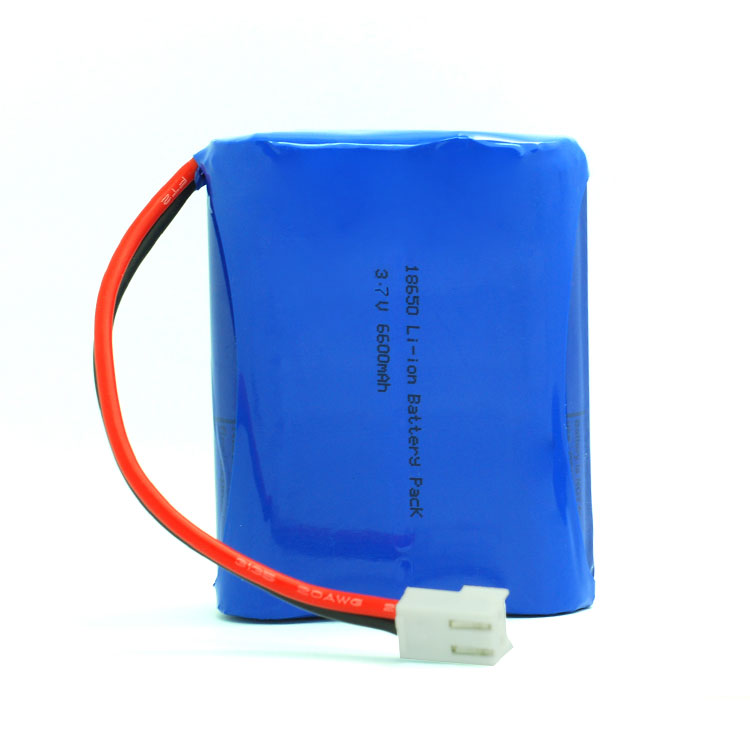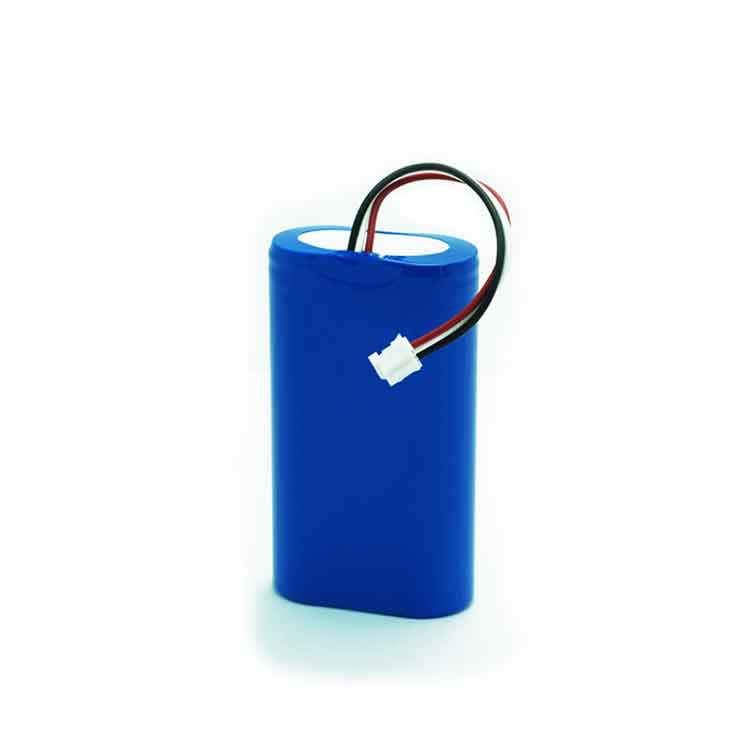The impact of low temperature on batteries and solutions
The use of li ion customized battery packs in low battery temperature environments is limited. In addition to the serious decline in discharge capacity, lithium batteries cannot be charged at low battery temperature. When charging at low battery temperature, the intercalation and lithium plating reactions of lithium ions on the graphite electrode of the battery exist simultaneously and compete with each other.
The diffusion of lithium ions in graphite is inhibited under low battery temperature conditions, and the conductivity of the electrolyte decreases, resulting in a decrease in the intercalation rate and the lithium plating reaction is more likely to occur on the graphite surface. The main reasons for the decline in the life of lithium-ion batteries when they are used at low battery temperature are the increase in internal impedance and the loss of capacity due to the precipitation of lithium ions.
1.Effect of low battery temperature on battery discharge capacity
Capacity is one of the most important parameters of lithium batteries, and its size varies with temperature. For AGM replacement battery, the charge end voltage is 3.65±0.05V, and the discharge end voltage is 2±0.05V. The two curves are the temperature capacity curves obtained by discharging the battery at different temperatures at 0.1C and 0.3C respectively.
2.Effect of low battery temperature on battery internal resistance
The relationship between li ion customized battery packs temperature and resistance is shown in the figure below. Different curves represent different charge levels of the battery itself. Under any charge, the internal resistance of the battery increases significantly as the temperature decreases. The lower the charge, the greater the internal resistance, and this trend remains unchanged as the temperature changes.
At low battery temperature, in the cathode and anode materials, the diffusion and movement ability of charged ions becomes poor, and it becomes difficult to pass through the passivation film between the electrode and the electrolyte. The speed of transfer in the electrolyte is also reduced, and a lot of heat is additionally generated during the transfer.
After lithium ions reach the anode, the diffusion inside the anode material also becomes unsmooth. During the whole process, the movement of charged ions becomes very difficult. From the outside, it means that the internal resistance of the battery cell has increased.
3. Effect of low battery temperature on battery charge and discharge efficiency
The lower curve is the curve of charging efficiency changing with temperature. We can observe that the charging efficiency at -20°C is only 65% of that at 15°C.
The low battery temperature brings about the changes in the various electrochemical performances described above, and the internal resistance increases significantly. During the discharge process, a large amount of electric energy is consumed on the internal resistance to generate heat.
4. Internal side reactions of lithium-ion batteries at low battery temperatures
The performance of li ion customized battery packs degrades severely at low battery temperatures, and some side reactions will occur during the charging and discharging process of lithium-ion batteries. These side reactions are mainly the irreversible reaction between lithium ions and the electrolyte, which will cause the capacity of the lithium battery to decline and further deteriorate the battery performance.
The consumption of conductive active material causes capacity fading. Considering the potentials of the cathode and anode in the battery, these side reactions are more likely to occur on the anode side than the cathode side. Because the potential of the anode material is much lower than that of the cathode material, the deposits of side reactions of ions and electrolyte solvents are deposited on the electrode surface, forming an SEI film. The impedance of the SEI film is one of the factors that cause the overpotential of the anode reaction.
When the battery is further cycled and aged, due to the continuous insertion and extraction of lithium ions on the anode during continuous cycles, the expansion and contraction of the electrode caused by the continuous cycle will cause the SEI film to rupture. The cracks after the rupture of the SEI film provide a direct contact channel between the electrolyte and the electrode, thereby forming a new SEI film to fill the crack and increase the thickness of the SEI film.
These reaction processes are constantly repeated as the battery is continuously charged and discharged, so that lithium ions are continuously reduced in the reaction, resulting in a decline in the discharge capacity of the lithium-ion battery.
During charging, deposits form on the surface of the active material, increasing the electrical resistance. The effective surface area of the active particles is reduced and the ionic resistance is increased. The usable capacity and energy of lithium batteries decline simultaneously. Lithium batteries are more prone to side reactions during charging.
At the beginning of lithium battery charging, lithium ions move to the anode through the electrolyte, so the potential difference between the electrode and the electrolyte decreases, making it easier for lithium ions to undergo irreversible side reactions with the substances in the electrolyte. The different electrode materials of lithium-ion batteries have different relationship curves between the potential and the lithium intercalation concentration fraction of the electrode material.
Lithium battery low temperature preheating technology
Faced with the limited use of lithium batteries at low battery temperature, the technicians found a countermeasure to charge and preheat. Although it is an expedient measure, it has a significant effect on improving the discharge capacity and long-term life of lithium batteries.
Before charging or using a lithium battery in a low battery temperature environment, the battery must be preheated. The way the battery management system (BMS) heats the battery can be roughly divided into two categories: external heating and internal heating.
Compared with external heating methods, internal heating avoids long-path heat conduction and the formation of local hot spots close to the heating device. Therefore, internal heating can heat the battery more uniformly for better heating with higher efficiency and is easier to implement.
At present, most of the research on the internal AC preheating scheme focuses on the heating speed and efficiency, and there is little clear consideration of the heating strategy to prevent the occurrence of side reactions such as lithium deposition.
In order to prevent the generation of lithium deposition during the preheating process, it is necessary for the BMS to estimate and control the conditions of lithium deposition in real time. A model-based controlled battery heating technique at low battery temperature is required to achieve the above functions.
With the development of new energy, the use of power li ion customized battery packs is also increasing day by day. The use of lithium batteries at low battery temperature urgently needs to solve the problem of battery warm-up. This is a field that is very close to practical applications. In addition, AC heating, mobilizing electrochemical substances to generate movement, and the impact on battery life have not yet been seen. It is also a problem worthy of continuous attention.
If you have any question, please feel free to contact us:
- Name: Dawn Zeng (Director)
- E-mail address: sales@himaxelectronics.com





